January 11th is National Human Trafficking Awareness Day in the US. It’s common to think trafficking only occurs in places such as Southeast Asia or Eastern Europe, but it's a global problem affecting the world’s most vulnerable people, especially girls, women and children. That’s why the US Senate established this day in 2007 to create awareness and work to end human trafficking.
The numbers behind human trafficking are difficult to fully grasp but these are some staggering facts that you won’t believe.
1) The modern slavery market is estimated at $32 billion USD
#HumanTraffickingAwarenessDay@drninaansary@NazaninBoniadi@ybeitollahi Human Trafficking Awareness pic.twitter.com/Xqr15QJBHu
— Afshine Emrani M.D. (@afshineemrani) January 11, 2016This is only the estimated amount that the modern slavery market, which human trafficking directly contributes to, is valued at $32 billion USD. It's based on the known cases of trafficking and could be much higher. Between 14,500 and 17,500 people are trafficked into the US each year according to the US State Department.
2) People living in poverty are more at risk
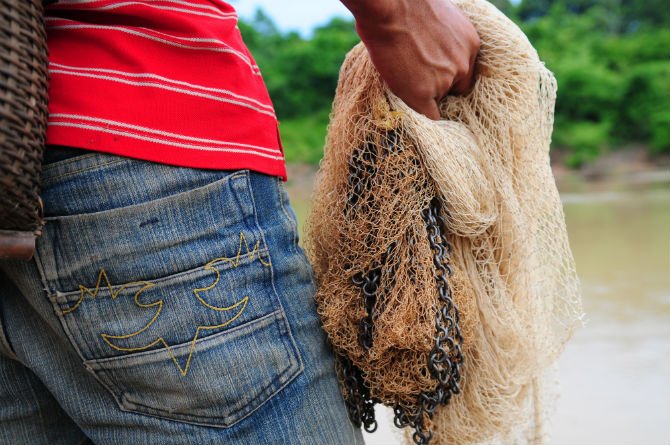
Human trafficking victims are more likely to be some of the most vulnerable people in the world. Trafficking often forces disadvantaged groups into labor or sexual exploitation. 80 percent of human trafficking victims are women and half of them are children.
3) Human trafficking occurs virtually everywhere
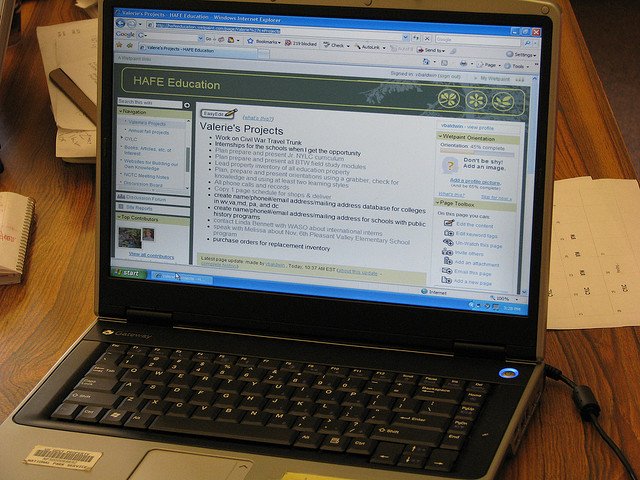
If you’re a child of the eighties or nineties you might remember shows like "To Catch a Predator" and your parents fear over how to control chatrooms. True--the internet provides the world with amazing abilities to connect, share and communicate with one another every day, but, unfortunately, criminals exploit this tool to take advantage of people seeking better lives. This leads to cases of human trafficking virtually all over the world. To lean more about victims of human trafficking in countries across the world click here to read their stories.
4) Wealthy countries profit from human trafficking

This is why the world needs to be aware of the realities of human trafficking. While the estimated market value from modern slavery is $32 billion, guess where nearly HALF of that money ends up? An estimated $15.5 billion USD made from modern slavery (which includes human trafficking, debt bondage, and forced labor) ends up in developed countries with high GDPs.
5) Improving economic opportunities can help

Investing in programs and job opportunities for women in poverty can help reduce human trafficking. And since children also end up in forced labor, sex industries, slavery and organ selling operations, making education a reality for ALL children is essential.
6) Smugglers profit from trafficking refugees
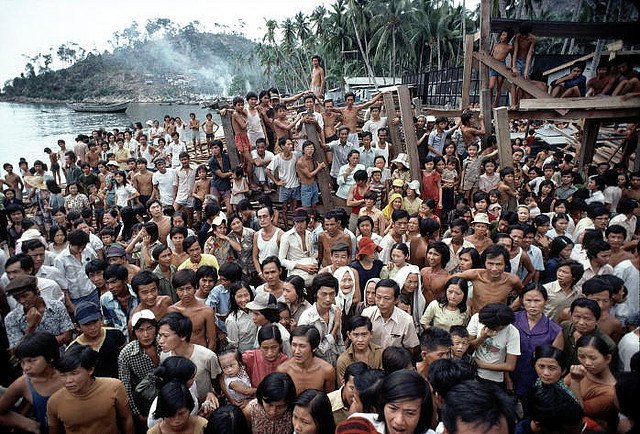
To find a another disadvantaged group being abused by traffickers, look no farther than the refugee crisis. Refugees fleeing horrific conditions of war are sometimes forced to pay upward of $3,000 a person to reach Europe. There are currently more than 9 million Syrians displaced from their homes and more than 60 million displaced people worldwide. The abuse of smugglers should never be added to their journey.
7) There’s a UN protocol that defines it
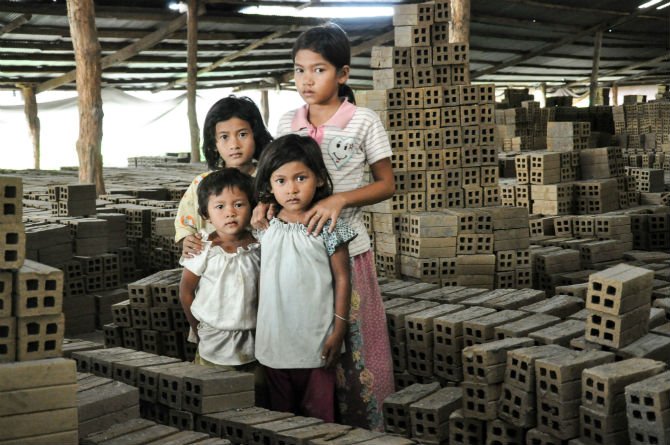
You don’t have to be George Clooney’s wife to know the laws on human trafficking. There’s a major UN protocol known as the United Nations Convention against Transnational Organized Crime that brings together several UN groups to provide a framework and assets for finding and fighting cases of trafficking. The protocol acknowledges women and children are mainly victims and targets, lays out how to combat trafficking (hint: ending poverty via economic empowerment and education are key), and provides legislation for assisting victims. Getting a set definition was the most controversial part of the protocol. The definition according to Article 3 of the UN protocol is understood as,
8) Countries are catching on
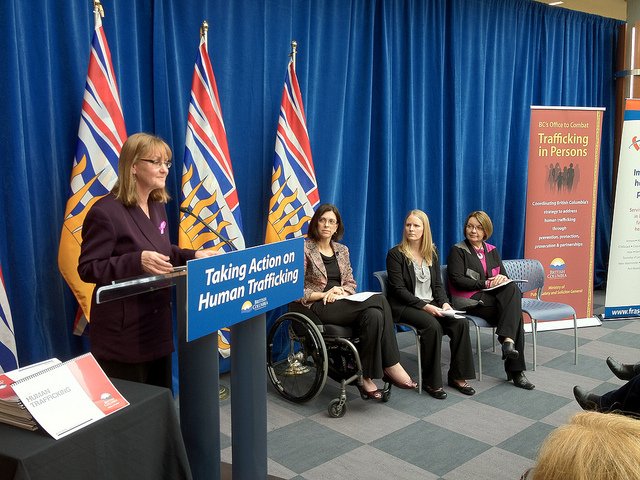
Ending human trafficking is complicated. It takes international laws and involves governments, supporting organizations for victims and awareness from global citizens like you. More and more governments are catching on and taking action on this global issue. In the past few years, Haiti, Papua New Guinea and the Seychelles all enacted new laws to combat human trafficking. Haiti also created a fund to provide support for over 1,000 children who are trafficking victims.
9) There’s a whole bunch of organizations to help
Share the facts and make it harder for traffickers to hide themselves and their crimes pic.twitter.com/db0wFpgXdT
— STOP THE TRAFFIK UK (@STOPTRAFFIKUK) January 4, 2016The good news? There’s a lot of organizations working to end human trafficking. The UN has a coalition of organizations from people with expertise in drug and crime, labor, migration, human and children’s rights and advocacy all working together on something called the UN Global Initiative to Fight Human Trafficking. And US foreign aid supports over 340 projects from larger NGOs to grassroots organizations to combat trafficking around the world as well.
10) The world could use more resources
Human trafficking is the fastest growing criminal enterprise in the world with revenues in the billions. #HumanTraffickingAwarenessDay
— Justen Charters (@JustenCharters) January 11, 2016Yes, there are many organizations working to end human trafficking, but the world could still use more resources. About $97 million USD from the US went toward fighting human trafficking between 2009 and 2013. Seeing that the market for modern slavery is $32 billion, and the US spends over $500 billion on military spending, it's clear that the world could definitely use more resources in this fight, and the US can contribute more.
By developing a deeper understanding of why, how and where trafficking occurs and what can be done, you can help end it. Trafficking is also a challenge which will take alliances and resources from all governments, NGOs, and global citizens. Girls and women are still disproportionately targeted by human traffickers. Empowering girls and women can help end poverty, which would make human trafficking for less likely.
You can go to TAKE ACTION NOW to sign the petition to protect the rights of girls and women everywhere.